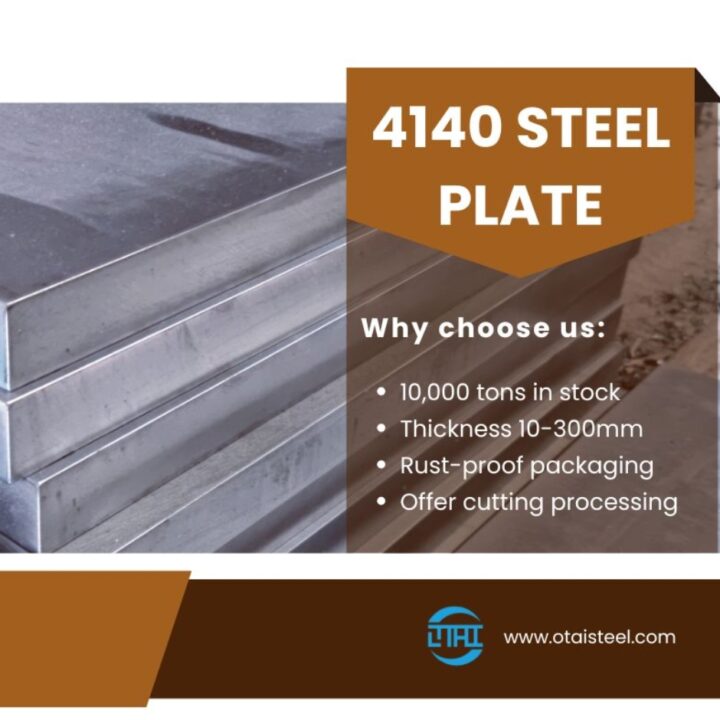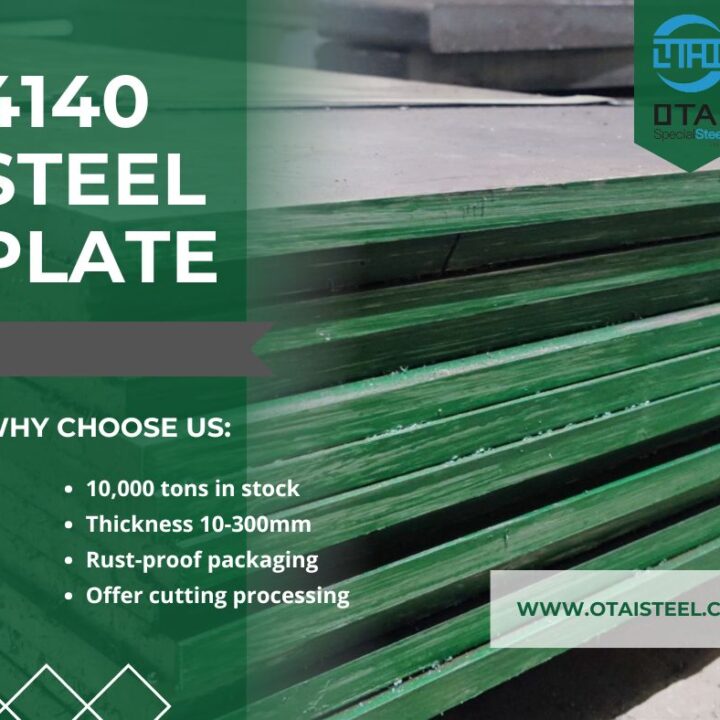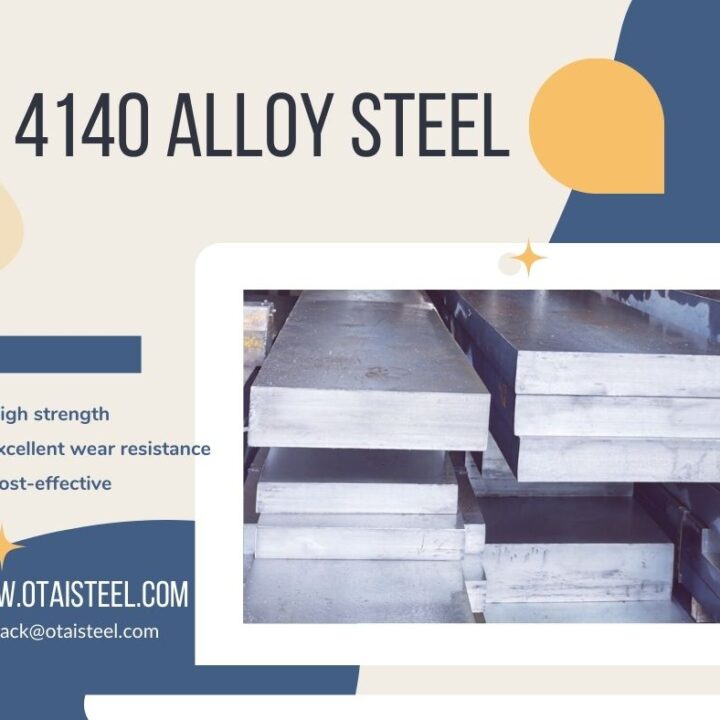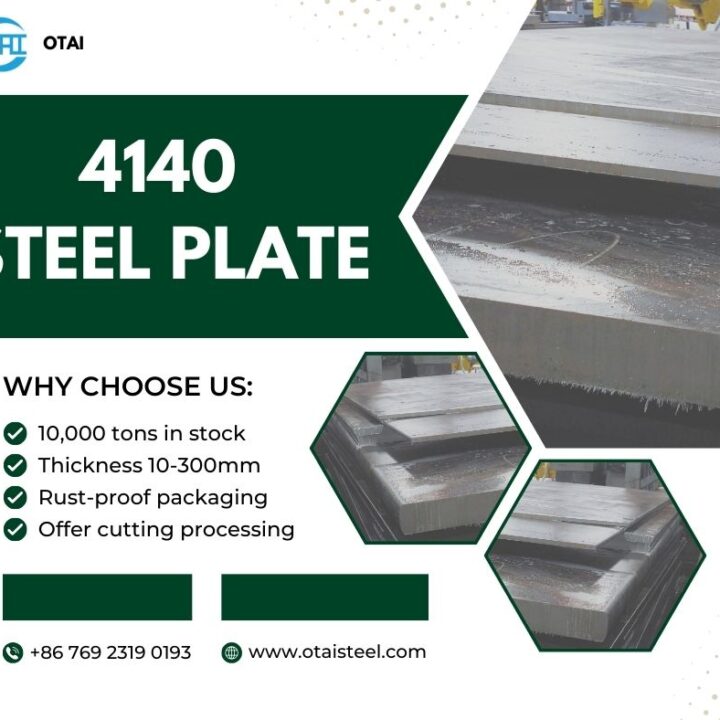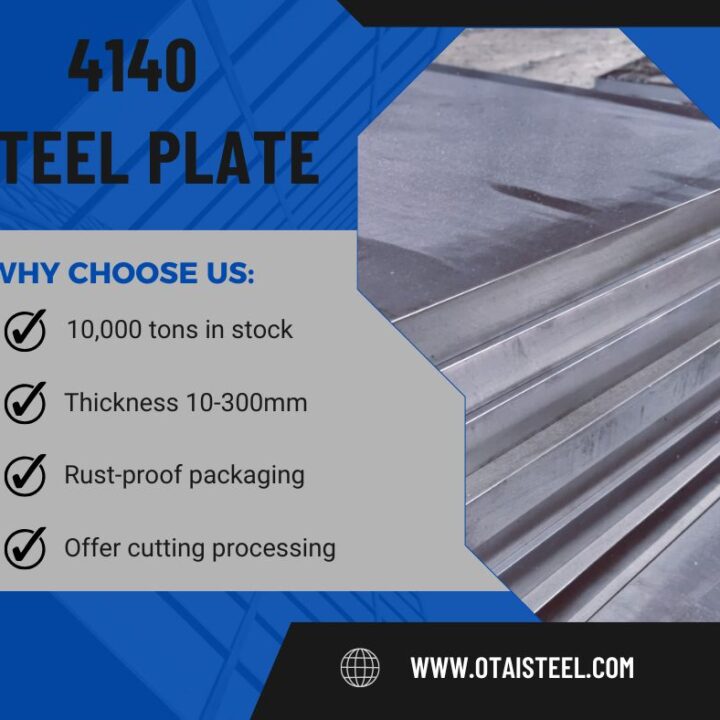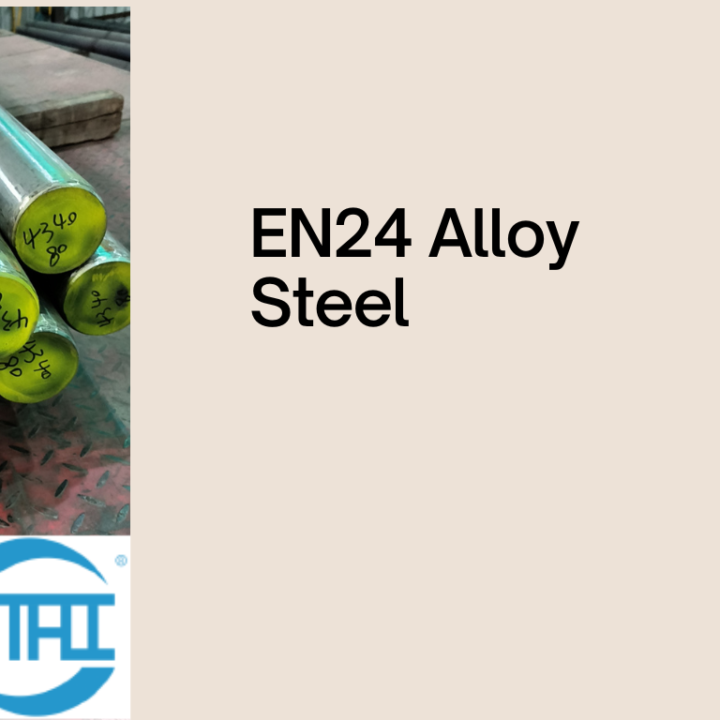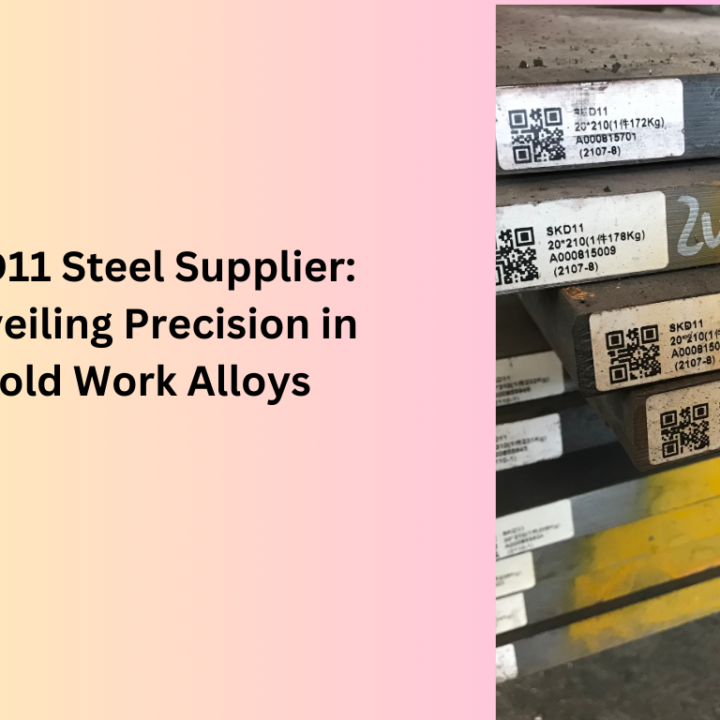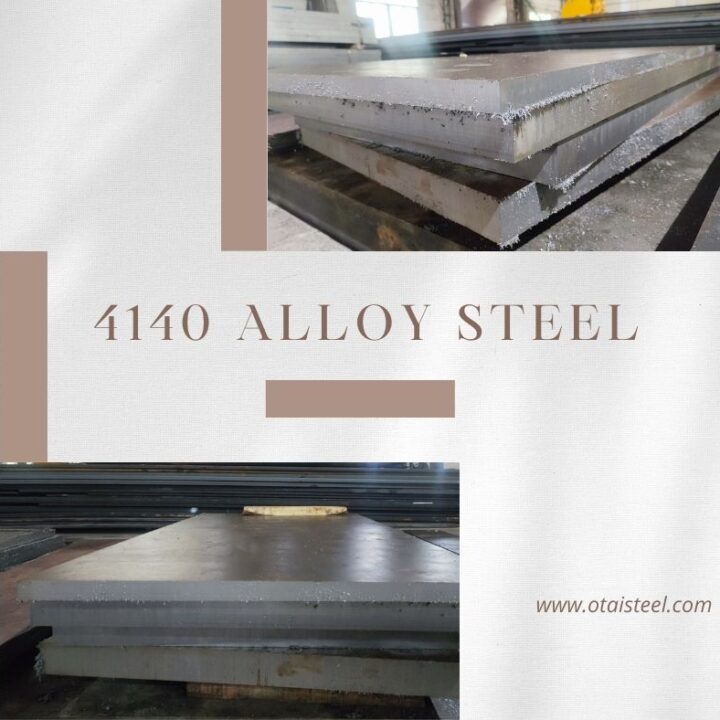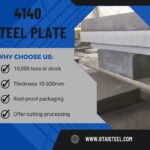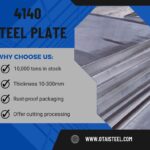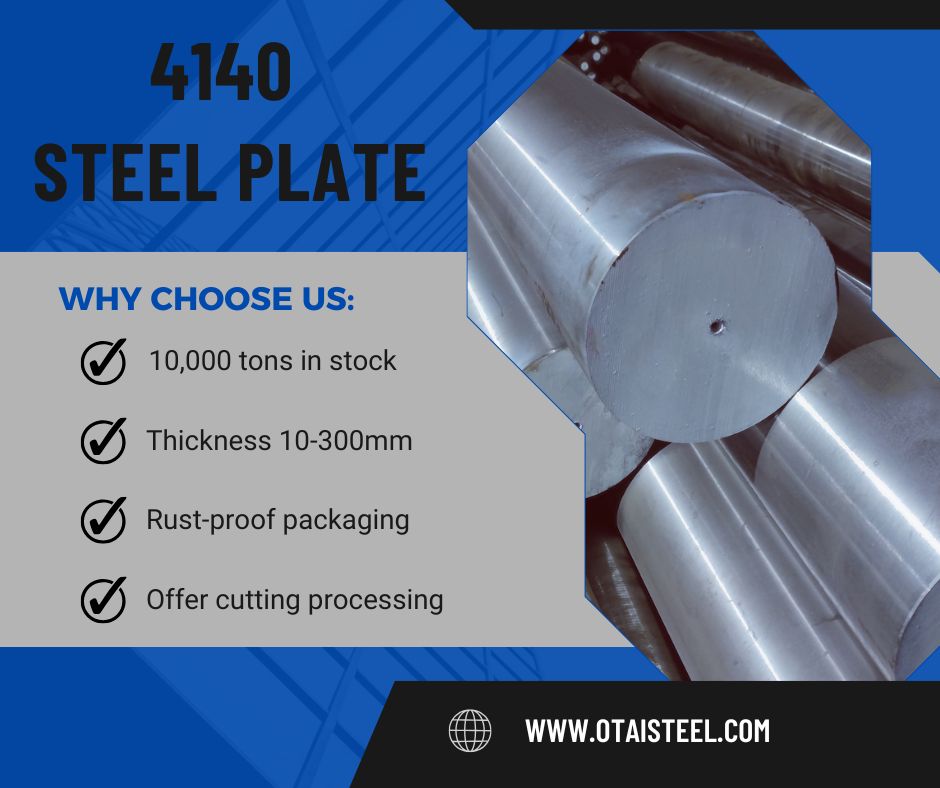 Can You Bend 4140 Steel?
Can You Bend 4140 Steel?
When working with 4140 steel, one of the most common questions engineers, fabricators, and buyers ask is: “Can you bend 4140 steel?” The short answer is yes—but the full story is more nuanced. Because of its unique balance of toughness, hardness, and tensile strength, bending this alloy requires the right knowledge, preparation, and processing techniques. Let’s dive into what makes bending 4140 steel possible, what challenges you might face, and how to handle the process effectively.
🌟 What Makes 4140 Steel Special?
4140 steel is a chromium-molybdenum low-alloy steel widely used in automotive, aerospace, oil & gas, and toolmaking industries. Its composition provides excellent strength, toughness, and wear resistance while still maintaining good machinability.
-
Carbon content: 0.38–0.43%
-
Chromium content: 0.8–1.1%
-
Molybdenum content: 0.15–0.25%
-
Typical tensile strength: ~655–850 MPa (in normalized condition)
-
Common hardness range (quenched & tempered): 28–60 HRC
These characteristics make 4140 suitable for shafts, gears, crankshafts, spindles, and bolts, but they also influence how it reacts when bending.
🔧 Can You Bend 4140 Steel?
Yes, you can bend 4140 steel, but the difficulty depends on three key factors:
-
Heat treatment condition – 4140 in the annealed state is more ductile and easier to bend. Once it has been quenched and tempered, the hardness increases, making bending more challenging.
-
Thickness of the plate or bar – Thicker sections require more force and risk cracking if not preheated properly.
-
Bending radius – A tighter bend radius increases stress concentration, which can cause fractures.
👉 In simple terms: bending annealed 4140 is relatively straightforward, while bending hardened 4140 requires preheating or post-forming stress relief to avoid cracks.
🔥 The Role of Heat in Bending 4140 Steel
Heat treatment dramatically impacts the steel’s bending performance.
| Condition | Bendability | Notes |
|---|---|---|
| Annealed | Easy | Best condition for bending—soft and ductile. |
| Normalized | Moderate | Can be bent but requires more force. |
| Quenched & Tempered | Difficult | Risk of cracking; preheating recommended. |
| Fully Hardened (50+ HRC) | Very Poor | Not recommended; likely to crack. |
Preheating 4140 steel to around 400–600°F (200–315°C) before bending reduces cracking risk. After bending, stress relief heat treatment is often advised.
⚙️ Practical Tips for Bending 4140 Steel
-
Choose the right condition – Always bend in the annealed or normalized state when possible.
-
Use proper equipment – Hydraulic presses are preferred over manual bending for precise control.
-
Preheat thicker sections – Especially for plates and bars above 25mm.
-
Maintain proper bend radius – As a rule of thumb, use a radius at least 3× the material thickness.
-
Stress relieve if necessary – Heat treating after bending restores toughness and reduces brittleness.
📌 Applications Requiring Bending of 4140
Bending is often necessary in applications such as:
-
Automotive suspension parts
-
Oil & gas drilling components
-
Heavy machinery brackets
-
Tool holders and fixtures
-
Custom shafts and spindles
By combining bending with machining and heat treatment, manufacturers can achieve durable and customized shapes for high-performance uses.
🏆 Company Advantages – Why Choose Otai Special Steel?
At Otai Special Steel, we are not only stockholders of a large range of 4140 steel plates and bars, but also provide value-added processing services, including cutting, pre-machining, heat treatment, and bending guidance.
-
📦 Large inventory – Over 10,000 tons in stock, thickness from 6mm to 300mm.
-
🔍 Strict quality control – UT testing, chemical analysis, and third-party inspection available.
-
🌍 Global clients – Trusted by top companies in aerospace, oil & gas, and engineering industries.
-
⚙️ Custom processing – Heat treatment, CNC machining, and bending support upon request.
-
🚀 Fast delivery worldwide – Ensuring your projects stay on schedule.
❓ FAQ: Can You Bend 4140 Steel?
Q1: Can hardened 4140 be bent?
Yes, but it is very risky without preheating. Annealed or normalized 4140 is much easier to bend.
Q2: What is the best condition to bend 4140 steel?
The annealed condition—it provides maximum ductility.
Q3: Does bending affect 4140’s strength?
Yes. Bending can introduce stress. Stress relief or post-forming heat treatment restores balance.
Q4: What’s the minimum bend radius for 4140 steel?
Generally 3× thickness, but this varies with hardness and thickness.
Q5: Where can I buy bendable 4140 steel?
Otai Special Steel supplies 4140 in annealed, normalized, and quenched & tempered conditions, customized to your needs.
👉 So, can you bend 4140 steel? Absolutely—but success depends on choosing the right condition and following proper techniques.

